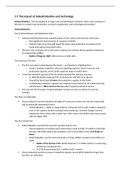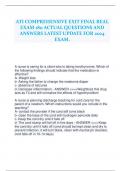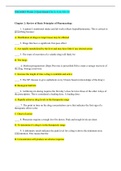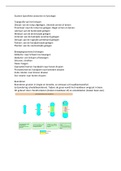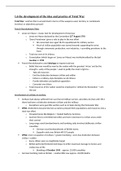Other
OCR History revision notes: 'The Changing Nature of Warfare' Chapter 2 Unit 1 - Industrialisation and technology
- Institution
- OCR
Key revision notes for unit 2.1, 'the impact of industrialisation and technology', from the OCR History course 'The Changing Nature of Warfare '.
[Show more]
